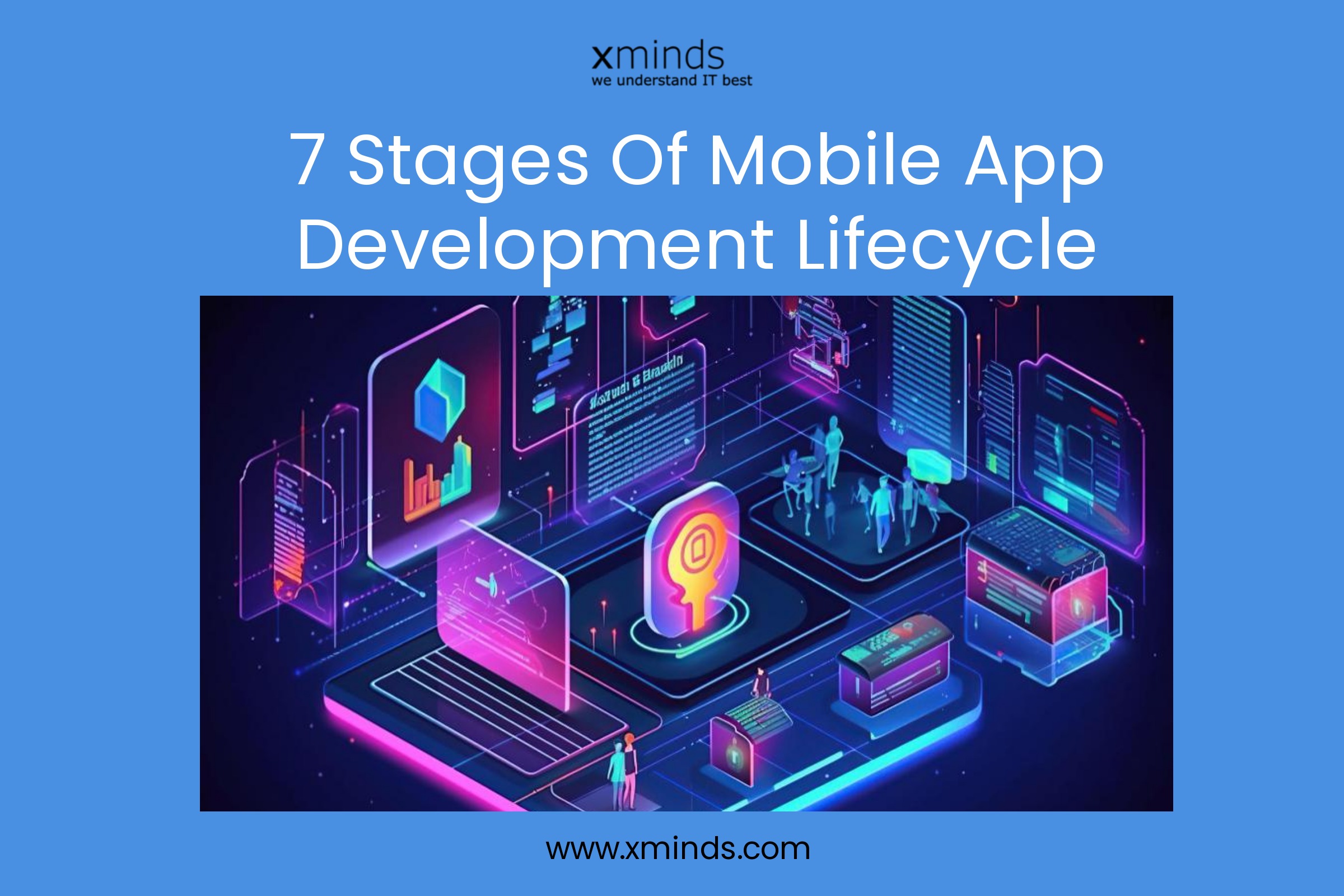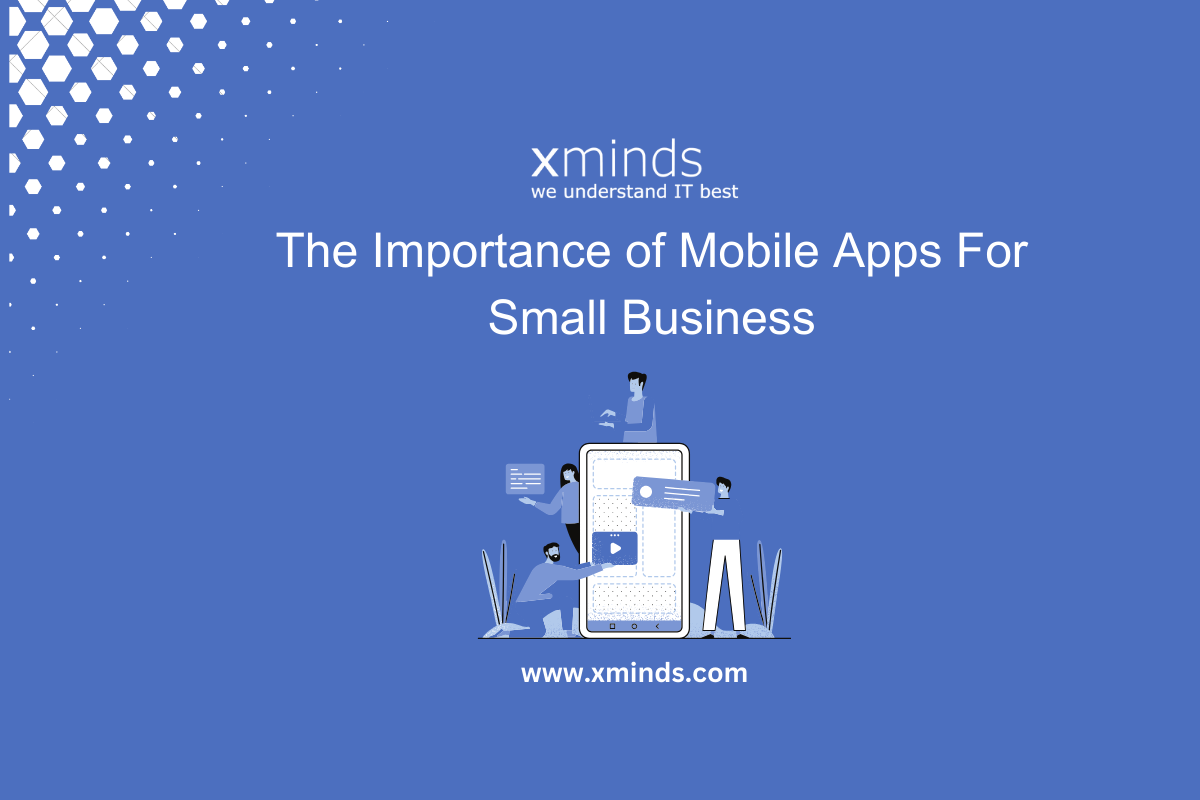7 Stages of Mobile App Development Life Cycle: A Comprehensive Guide

Mobile app development has become a cornerstone of the digital landscape, influencing the way we interact with technology daily. From communication to entertainment and productivity, mobile apps have become an integral part of our lives. In this blog, we’ll explore the seven stages of mobile app development, offering insights into each phase of the lifecycle.
What is Mobile App Development?
Mobile app development involves a series of steps and processes aimed at designing, building, and deploying software applications for mobile devices. The development process typically begins with an idea or concept, followed by planning, design, development, testing, and deployment phases. Each phase is crucial to ensuring that the final product meets the needs and expectations of the end-users.
Platforms for Mobile App Development
There are several platforms available for mobile app development, each with its own set of tools and technologies. The most popular platforms include:
- iOS: This platform is used for developing apps for Apple devices, such as iPhone and iPad, and requires knowledge of programming languages like Swift or Objective-C.
- Android: Android app development is focused on creating apps for devices running the Android operating system, using languages like Java or Kotlin.
- Cross-Platform: Cross-platform development allows for creating apps that can run on multiple operating systems, such as iOS and Android, using frameworks like React Native or Flutter.
Importance of Mobile App Development Life Cycle
A well-defined mobile app development life cycle is crucial for the success of an app. It ensures that the app is developed efficiently, meets the intended requirements, and delivers a seamless user experience. By following a structured development life cycle, app development teams can minimize risks, streamline processes, and deliver high-quality apps within the stipulated time and budget.
Stages of Application Development Lifecycle
1. Planning and Strategy
The first stage of the app development life cycle involves defining the app’s purpose, target audience, and goals. This stage also includes market research, competitor analysis, and creating a solid strategy for the app’s success.
2. Analysis
During the analysis stage, the development team gathers and analyzes requirements for the app. This includes defining features, functionalities, and technical specifications based on the initial planning and strategy.
3. Design
The design stage focuses on creating the user interface (UI) and user experience (UX) of the app. This includes wireframing, prototyping, and visual design to ensure an intuitive and visually appealing app.
4. Development
In the development stage, the actual coding of the mobile app takes place. Developers use programming languages such as Java, Swift, or Kotlin, depending on the platform, to build the app’s functionality and features.
5. Testing
Once the app is developed, it undergoes rigorous testing to identify and fix any bugs, errors, or issues. This stage ensures that the app functions properly and offers a seamless user experience.
6. Deployment
After successful testing, the app is ready for deployment to the respective app stores, such as the Apple App Store or Google Play Store. This involves following the guidelines and requirements of each platform for app submission.
7. Maintenance and Updates
The final stage involves the ongoing maintenance and regular updates of the mobile app. This includes fixing any post-launch issues, adding new features, and ensuring compatibility with the latest mobile devices and operating systems.
Conclusion
If you are looking for the ultimate mobile app development services, we at Xminds offer comprehensive solutions for all stages of the app development life cycle. Our team of experts is dedicated to delivering high-quality, user-centric mobile apps that meet your business objectives. Contact us for more inquiries and details on how we can bring your app idea to life.
Related articles



